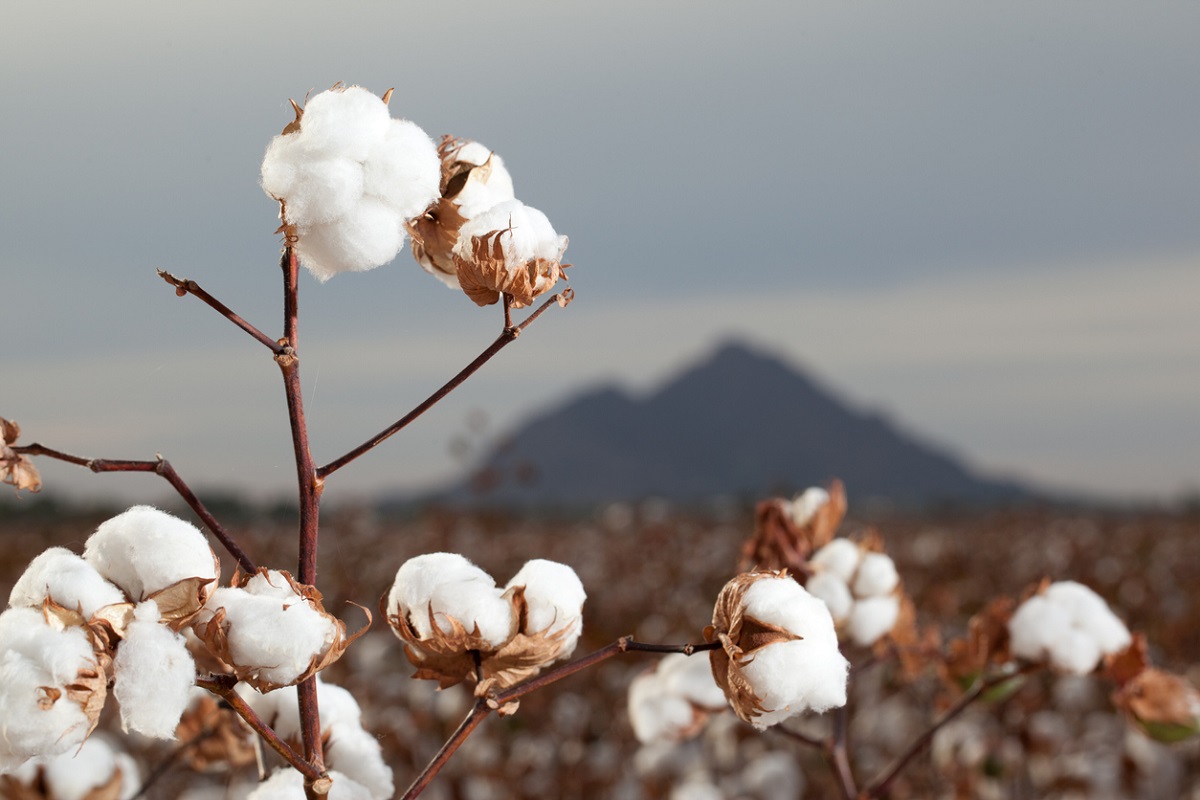
International Team Completes Study on Cotton Genomics to Improve Cotton Varieties
April 22, 2020| |
A study successfully investigated the genomic similarities between wild and domesticated cotton and found new information that can help develop varieties with improved resistance to conditions caused by climate change.
An international team of experts conducted genetic sequencing and comparison of five cotton species, which included two commercial cotton varieties and three wild cotton species. Their efforts aim to provide the advancement in genomic sequencing for both the commercial and wild species to benefit cotton growers who need to adapt to environmental changes.
The team focused on the genome evolution and diversification of all five allopolyploid (AP) cotton species. They specifically looked into polyploidy, or the heritable condition of having more than two complete sets of chromosomes of an organism. They believe that the common occurrence of polyploidy may suggest its advantage and potential for selection and adaptation and cotton is a powerful model in revealing genomic insights into polyploidy. Results showed that the genomic differences in the five AP cotton species they worked on are fairly subtle. This means that the genetic sequencing of the three wild cotton species, which do not produce the long white seed fibers, is important to understand the ways to improve resistance in commercial cotton species.
This genome sequence information can help other researchers to improve commercial cotton lines with resistance to bacterial, viral and fungal diseases. But more importantly, it can also lead to future studies of cotton lines that will withstand climate change.
The institutions involved in the study are the HudsonAlpha Institute for Biotechnology, the University of Texas at Austin, the U.S. Department of Agriculture's Agricultural Research Service, Nanjing Agricultural University in China, the Chinese Zheijiang A&F University, Alcorn State University, Clemson University, Texas A&M University, and Iowa State University.
The study was published in Nature.
| |
You might also like:
- Genome Studies Show Genetic Variation of Lint Yield Components under Salty Field Conditions in Cotton
- Biotech Cotton Planted in 15 Countries in 2018
- The Story of Bt Cotton in India and China
Biotech Updates is a weekly newsletter of ISAAA, a not-for-profit organization. It is distributed for free to over 22,000 subscribers worldwide to inform them about the key developments in biosciences, especially in biotechnology. Your support will help us in our mission to feed the world with knowledge. You can help by donating as little as $10.
-
See more articles:
-
News from Around the World
- Science Speaks, ISAAA's Blog is Now Up!
- GE Crops Yielded Massive Economic and Environmental Benefits
- Effective Science Communication Goes Beyond Communicating Science, Arujanan Says
- Researchers Discover Longevity Gene in Plants
-
Research Highlights
- International Team Completes Study on Cotton Genomics to Improve Cotton Varieties
- Experts Report an Improved Soybean Transformation Method
-
Plant
- Researchers to Improve Berries Using CRISPR Technology
- Argentina's Years of Experience in Gene Editing Regulation
-
Health
- COVID-19 Vaccine Development Using New, Fast-Growing Tobacco Plant Technology
- A Call to Action for World Leaders: Prevent Global Food Security Crisis in COVID-19 Fight
-
Read the latest: - Biotech Updates (January 14, 2026)
- Gene Editing Supplement (December 17, 2025)
- Gene Drive Supplement (February 22, 2023)
-
Subscribe to BU: - Share
- Tweet

